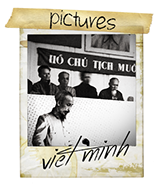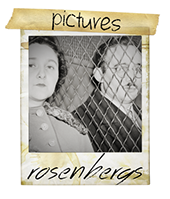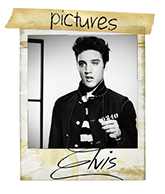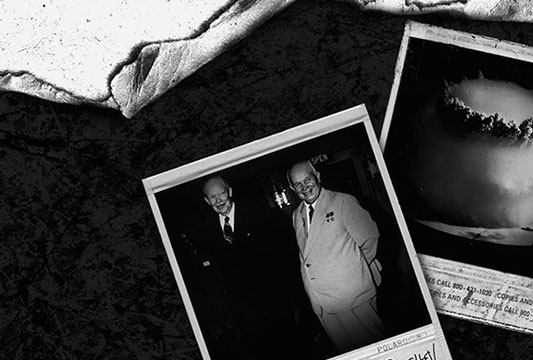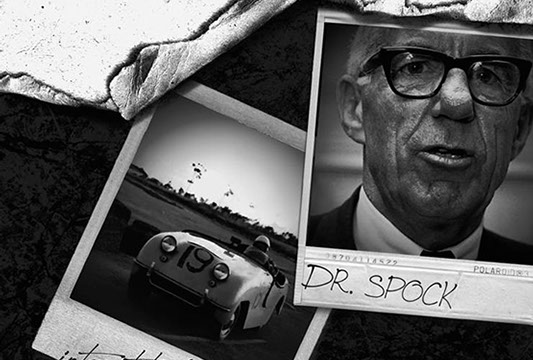

Home

Cold War
Politics
Civil Rights
Entertainment
About Us
© 2014
Changing Society
Introduction
by Steve Sewell
In a famous movie of 1953, The Wild One, a young woman asks a handsome, leather clad, motorcycle gang leader played by Marlon Brando “What are you rebelling against, Johnny?” He answers “Whaddaya got?”
The scene is one of the most iconic of the 1950s, freezing in the public mind an image of the decadeas one of powerful engines and misunderstood youth. From the “Fonze,”on Happy Days, and John Travolta in Grease, to Shia LeBeouf’s character in the last Indiana Jones movie, the image has been reinforced by movies and television for the past sixty years. Nearly every decade is symbolized and oversimplified by such images, but whereas the teens and forties are characterized by war and sacrifice, the thirties by depression and suffering, and the sixties by violence and dramatic social reform, the fifties are thrown into the dustbin of history along with the twenties as superfluous decades of calm and conservatism. This would be unfair and unhistorical. The twenties had looked backwards to isolationism and laissez faire with disastrous results, while the fifties were the first decade to look forward to a world of American political leadership and to an unprecedented era of economic growth that brought prosperity not only to the wealthy, but to the working classes of America. The fifties could be considered a revolutionary decade that created the modern United States. Perhaps the famous line from The Wild One is more telling about the decade than originally suggested, in that Johnny, like many of the postwar generation, recognized that America was on the verge of dramatic yet inchoate change.
Politically the decade not only established the United States as the most powerful nation in the world, it laid the foundations of the Cold War that would heat up and cool down for the next forty years. It was during the fifties that the globalization of the U.S. economy occurred and the foundations of the consumer culture, that we are even more devoted to today, began. Finally we find that the great social revolutions that we associate with the 1960s were actually begun in the 1950s: The modern civil rights movement began with Brown, Montgomery, and Little Rock. Rock and roll and post-swing jazz laid the foundations of modern music with artists like Elvis Presley, Chuck Berry, Charlie Parker and Miles Davis. The suburban lifestyle of tract housing, shopping malls, P.T.A., Little League and the Girl Scouts, began in the fifties and are not that different today. Modern art began with Jackson Pollock and Jasper Johns; “beatniks” presaged “hippies” in a growing counter-culture; and even the student protest movement found its origins and most potent symbol, the peace sign, from the 1950s nuclear disarmament movement.
To my student editors, the revolutions that created the modern world in the sixties were begun in the fifties. For this reason they chose the title The Unfinished Fifties. As our end-of-the-year research project, the APUS History classes of 2013-14 have chosen to examine more closely this decade of change. This book is a compendium of student papers that summarize and critique a spectrum of recent historical books on the decade. A dedicated group of editors led by Angela Lee have designed and organized the book, scrutinized the papers through multiple rounds of editing, and created an online version (available at apsewell.org). This book is wholly the work of my students, and is a tribute to their intellect and industry. As a final ironic nod to the movie that began this preface and that may have foretold of the rebellious sixties, it is interesting to note the names of the two fictional biker gangs in the movie; the Black Rebels and the Beetles. I kid you not.
Sincerely,
Steve SewellIrvine High School
June 13, 2014





To The Brink of Nuclear War
A Shifting Political Climate
The Struggle For Civil Rights
A Changing Society
The Golden Age of Entertainment
1 - 5
<
>
